How to Make Farmer’s Cheese – Crumbly or Sliceable!
The kitchen is warm, and the scent of fresh milk drifts through the air. Steam rises from the pot as the milk slowly heats, ready to be transformed. There's something special about turning simple ingredients into homemade cheese. This farmer's cheese recipe is easy to make and perfect for beginners. With just a gallon of milk and a splash of vinegar or lemon juice, you'll have a crumbly cheese for salads or a firm, sliceable cheese to enjoy with fresh herbs and balsamic glaze. Whether you're milking your own cow or using good quality milk from the grocery store, this is a great way to start home cheesemaking.
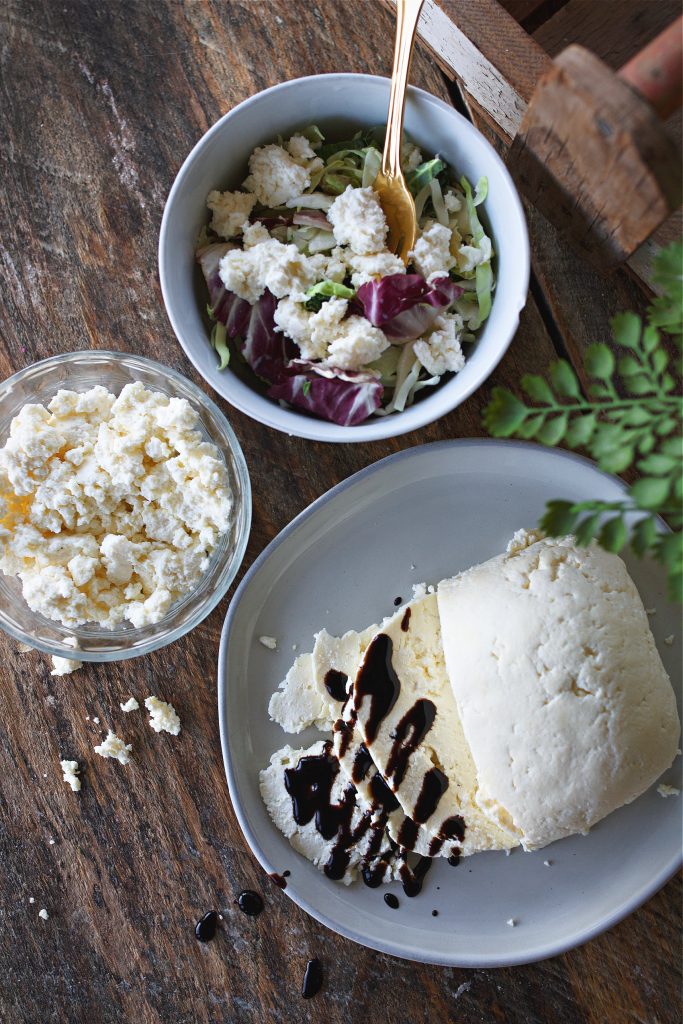
The Beauty of Homemade Farmer's Cheese
Making your own cheese might sound intimidating, but farmer's cheese is one of the simplest cheeses to start with. It's an unripened cheese, meaning there's no aging or complicated steps-just a handful of basic ingredients and a little bit of patience. You can use raw milk, organic milk, or even goat milk for a different flavor profile.
With just a gallon of whole milk, an acid (like white vinegar, apple cider vinegar, or lemon juice), and salt, you'll have a mild white fresh cheese that's perfect for a variety of dishes. Depending on how you handle the curds, you can create a soft, crumbly cheese similar to ricotta cheese or a firmer, sliceable version that pairs beautifully with fresh herbs or a drizzle of balsamic glaze.
How to Make Farmer's Cheese

Ingredients:
- 1 gallon of whole milk (raw milk or organic milk works best)
- ½ cup white vinegar or lemon juice (or apple cider vinegar but that will change the taste quite a lot)
- ¼ to 1 teaspoon salt, to taste
- Fresh herbs (optional)
Tools You'll Need:
- Large pot
- Wooden spoon
- Cheesecloth
- Large colander
- Large bowl
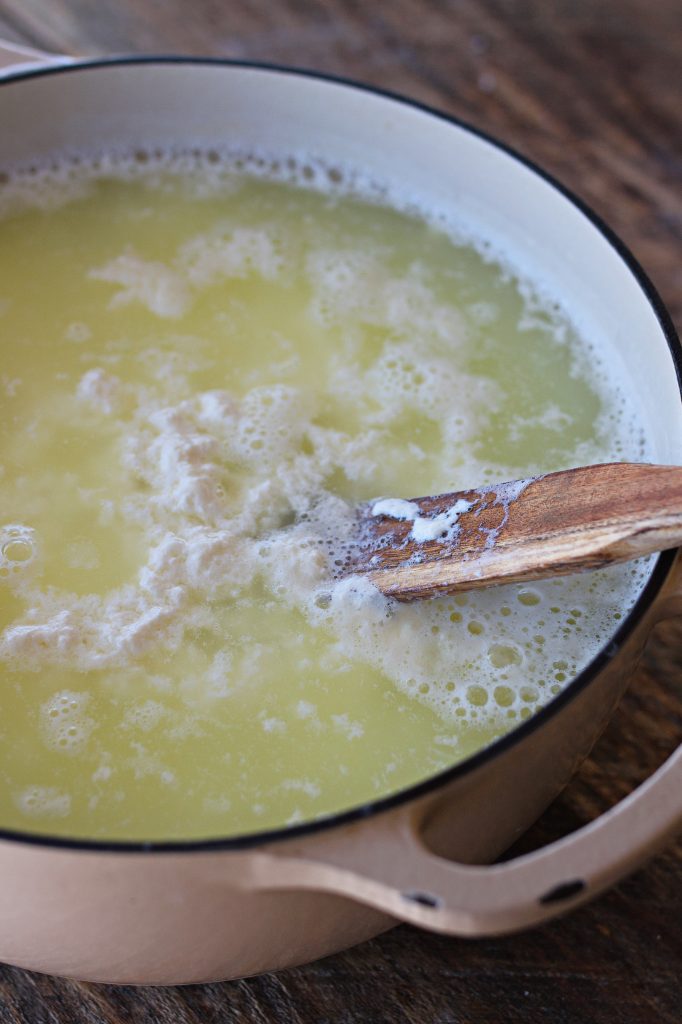
To make this farmer's cheese recipe,
Heat a gallon of milk in a large pot until it reaches 190°F. Remove from heat and stir in vinegar or lemon juice, letting the curds form for about 15 minutes. Strain the mixture through a cheesecloth-lined colander, saving the leftover whey for other uses. For a crumbly cheese, break the curds apart with a fork while warm. For a firmer texture, press the cheese with a heavy weight for about an hour. Add salt or fresh herbs, then store in an airtight container in the fridge for up to a week.
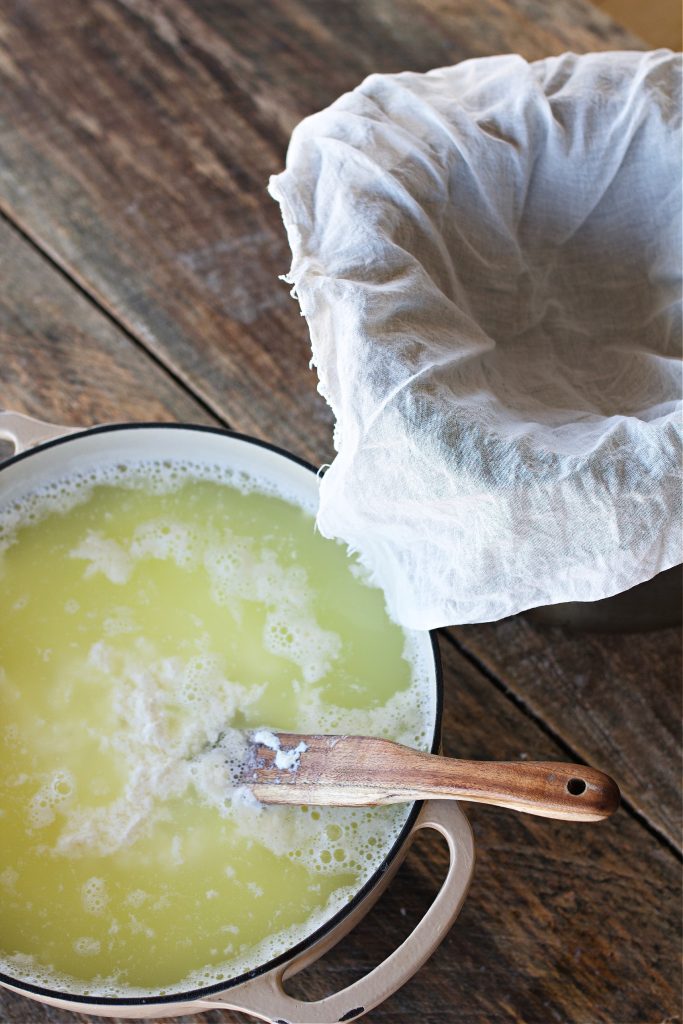
Ways to Enjoy Farmer's Cheese
- Crumble over salads for a fresh, tangy bite
- Slice and drizzle with balsamic glaze for a simple, elegant appetizer
- Use as a spread with sour cream or cream cheese for a creamy dip
- Toss into scrambled eggs or pasta for extra richness
- Pair with a summer tomato for the best flavor in warm-weather dishes
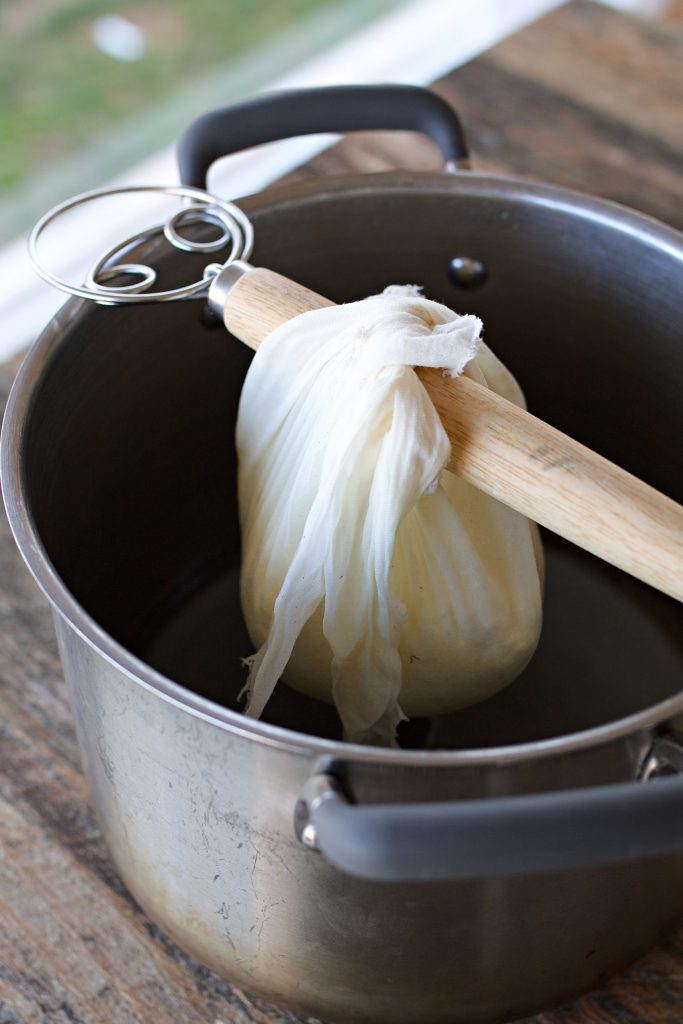
Pro Tips for the Best Farmer's Cheese
- Use good quality milk. Fresh milk, raw milk, or organic milk will yield the best results. Ultra-pasteurized milk doesn't work well because high temperatures damage the proteins needed for curd formation.
- Experiment with acids. White vinegar gives a sharp tang, while lemon juice or apple cider vinegar creates a milder, fruitier taste. Citric acid can also be used for consistent results.
- Control the texture. A longer pressing time will result in a drier cheese, while minimal pressing keeps it softer.
- Store properly. Wrap in plastic wrap or keep in an airtight container to prevent drying out.
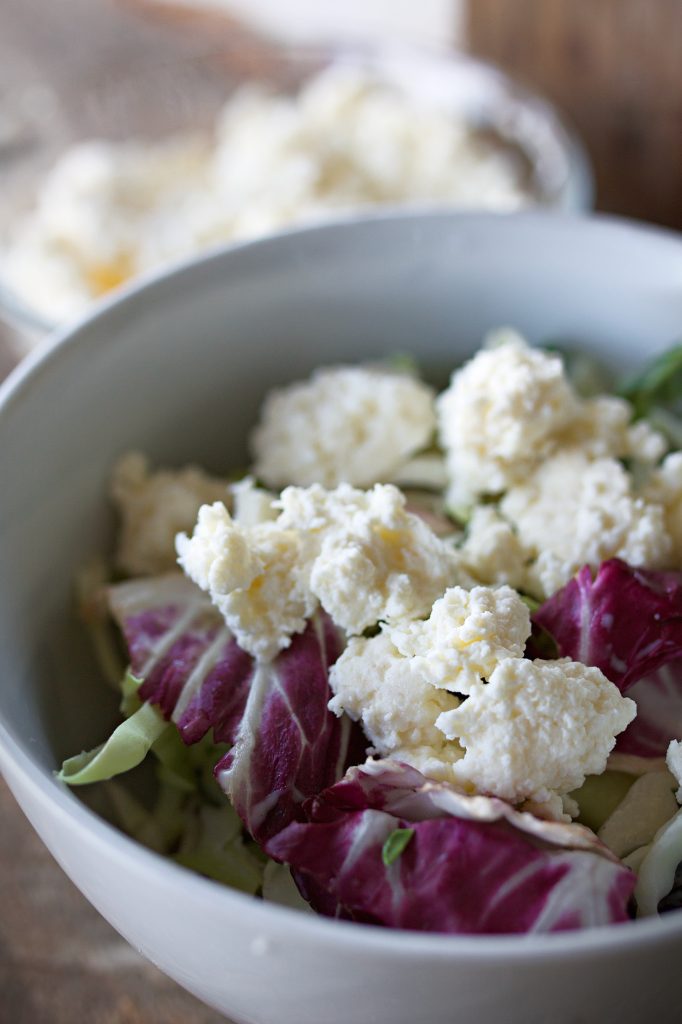
Common Questions About Farmer's Cheese
Can I use ultra-pasteurized milk?
No, ultra-pasteurized milk has been heated to high temperatures, which damages the proteins needed for curd formation. For the best results, use raw milk, organic milk, or at least minimally processed whole milk.
What's the difference between farmer's cheese and ricotta cheese?
Farmer's cheese is pressed, making it drier and crumbly, while ricotta cheese is softer and creamier.
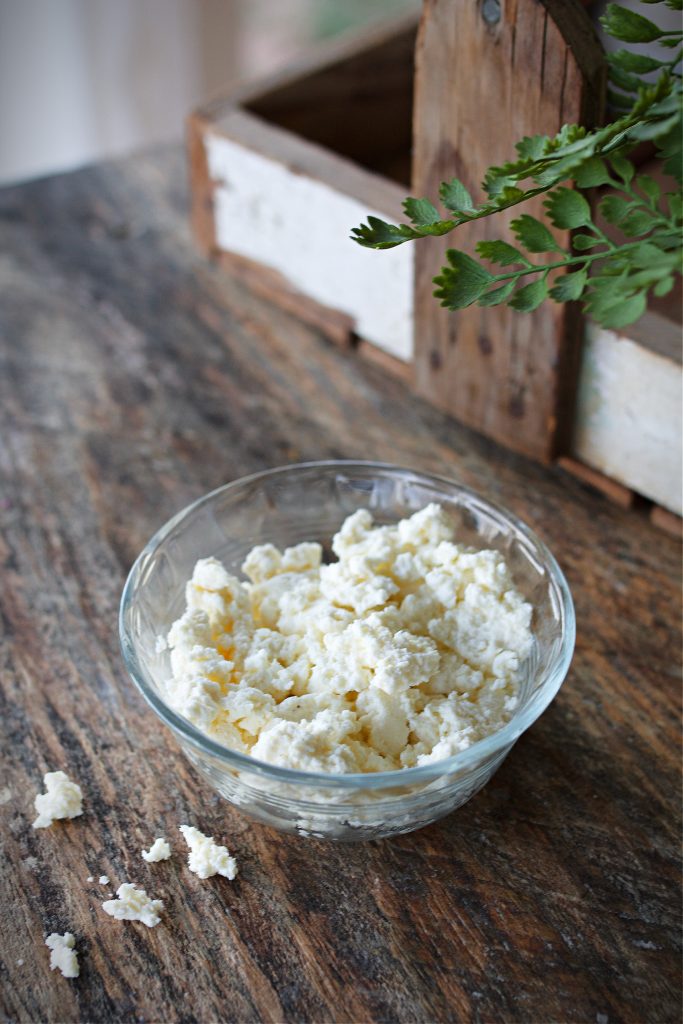
Why is my cheese too dry?
Pressing too much moisture out can result in a drier cheese. Next time, press it for a shorter time or mix in a little warm water to rehydrate it.
Can I make this with goat milk?
Yes! Goat milk makes a slightly tangier cheese with a unique flavor.
What can I do with the leftover whey?
Leftover whey is full of nutrients. Use it in baking, soups, smoothies, or even as a natural fertilizer in the garden.
Easy Homemade Farmer's Cheese Recipe
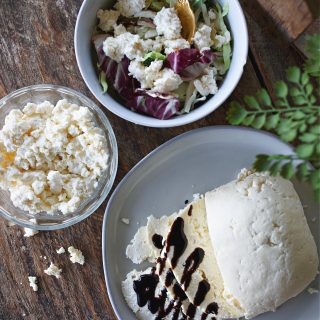
Farmer's Cheese
Ingredients
- 1 gallon whole milk raw milk or organic milk works best
- ½ cup white vinegar or lemon juice or apple cider vinegar but that will change the taste quite a lot
- ½ teaspoon salt to taste
- 1 teaspoon Fresh herbs optional
Instructions
- Heat the Milk: Pour the gallon of milk into a large pot and slowly heat over medium-low heat. Stir occasionally with a wooden spoon to prevent scorching on the bottom of the pot. You're aiming for about 190°F-right before boiling but not quite simmering.
- Add the Acid: Once the milk reaches temperature, remove it from heat and slowly stir in the vinegar or lemon juice. You'll see the curds begin to form almost immediately, separating from the whey. Let it sit undisturbed for 15 minutes to allow full curdling.
- Strain the Curds: Line a large colander with cheesecloth and carefully pour the mixture through, allowing the curds to collect in the cheesecloth while the leftover whey drains out. (Save that whey! It's great for bread baking, soup bases, or even feeding livestock.)
- Choose Your Texture: For a crumbly texture: While the cheese is still warm, use a fork to gently break apart the curds. Add salt and mix well.For a firmer cheese: Gather the corners of the cheesecloth, twist it tightly, and place a heavy weight (like a cutting board with a heavy pot on top) to press it for about an hour. This will create a sliceable texture.
- Season and Store: Sprinkle in fresh herbs, a little salt, or even a touch of Greek yogurt for extra tang. Store in an airtight container in the fridge. It will keep for about a week.
Notes
Nutrition
Making homemade farmer's cheese is a simple cheese recipe that brings an old-fashioned, homestead feel into your kitchen.
Whether you're a newbie cheese maker or experienced in home cheesemaking, this basic recipe offers different methods to suit your taste. Give it a try, experiment with flavors, and enjoy the process-because there's something truly special about making your own cheese from scratch. If you make it, tag me over on Instagram, I'd love to see.
And to learn more about the girl behind the recipes, check out my About Me page.
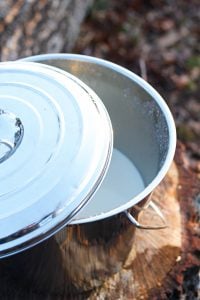
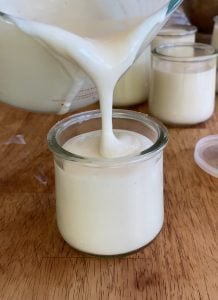
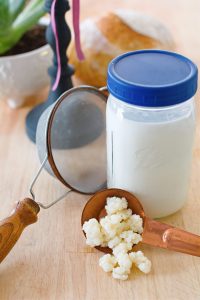
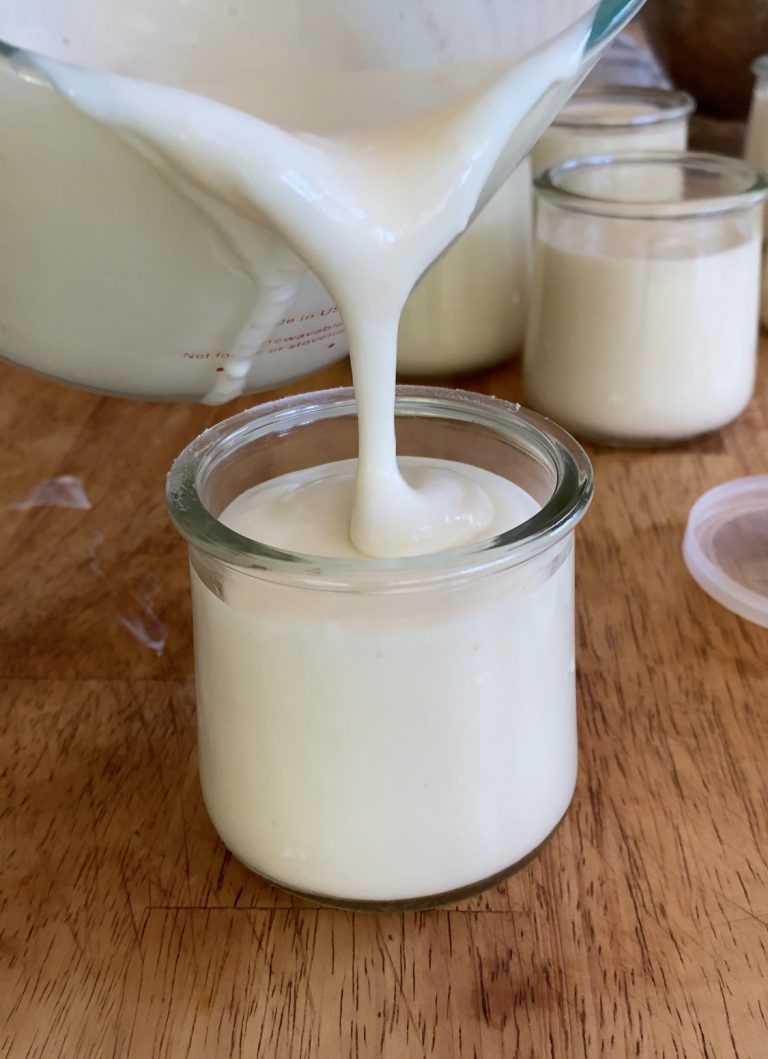


I love how this recipe turns something as simple as milk into the most satisfying cheese. Warm, rich, and a little tangy, it reminds me why I enjoy homemade dairy so much. A slice of this with a drizzle of olive oil and herbs feels like pure comfort. I’s old-fashioned goodness at its best.